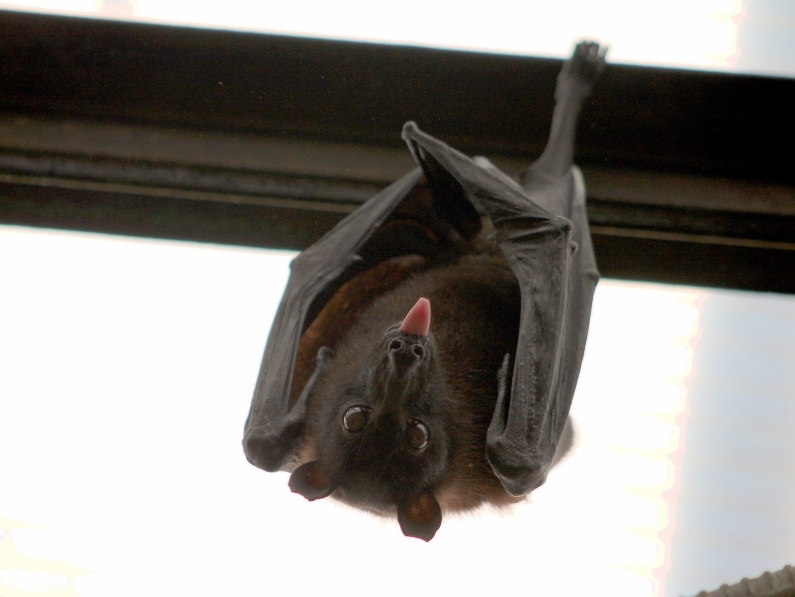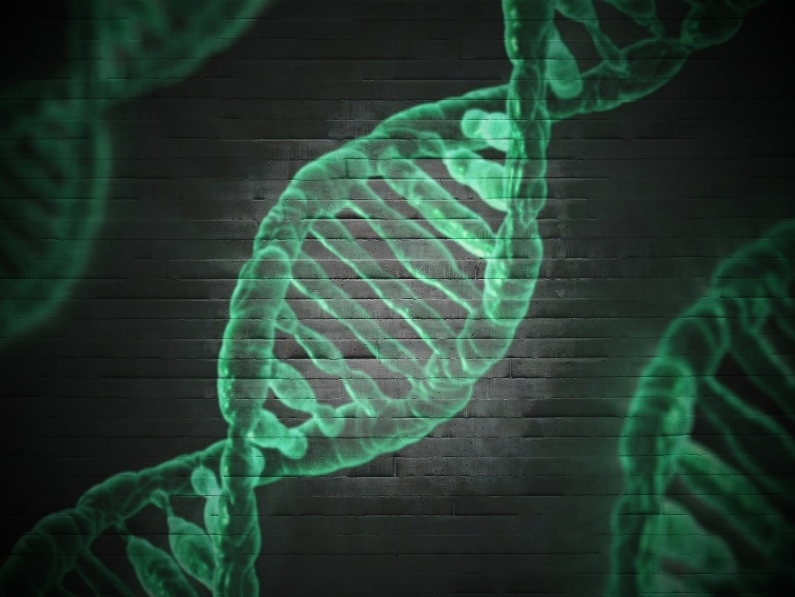
The origin of the 2019 novel coronavirus (2019-nCoV) is sweeping the science realm as researchers race for a vaccine. On the Global Initiative on Sharing All Influenza Data database, scientists are publicly sharing the full sequences of the virus. Scientists are heavily researching these viral genomes so they can better understand its origin, and how it fits into viruses found in other species, like bats.
Researchers have confirmed that the viral sequences were introduced into humans and then human-to-human transmission took place. While it’s been evident that the virus’s presence originated in Huanan Seafood Wholesale Market in Wuhan, China, we still don’t know a lot. What we do know is that the location definitely played an important early role in causing the outbreak. Environmental sampling of the Huanan Seafood Market has found evidence of 2019-nCoV. Geneticists tested 585 samples and 33 were positive for 2019-nCoV. All of those 33 samples were located in the wildlife section of the market.
What’s important to know, especially as rumors spread easily on the internet, is that the viral sequences refute the idea that the Wuhan Institute of Virology did not spread this pathogen.

The Genome of 2019-nCoV
The 2019-nCoV has around 29,000 nucleotides, which are the genetic instructions on how to produce the virus. The genes are in the form of RNA, so scientists first convert the viral genome into DNA so that they can study it easier. Because Chinese researchers have allowed public health organizations to study the sequences, 18 countries are currently developing their own diagnostics.
The coronavirus is more common than we think, and the origin of the 2019 novel coronavirus originated in bats. At least, geneticists have found the sequence to be 96.2% similar to the horseshoe bat’s. It’s also 79.5% similar to severe acute respiratory syndrome (SARS). What’s interesting to note is that sequence data shows it may have jumped into people from a coronavirus in civets; which differs from human SARS viruses by only 10 nucleotides. This is why scientists think there may be an intermediary host species between bats and 2019-nCoV.
When a virus circulates in humans, overtime different mutations occur to cause differentiation in strains. Since the 2019-nCoV differs by only seven nucleotides between infected people, it looks like it jumped into humans very recently. However, according to Vincent Munster, a virologist at the U.S. National Institute of Allergy and Infectious Diseases and an expert in animal coronaviruses, “There’s a very large gray area between viruses detected in bats and the virus now isolated in humans.”

The Origin of the 2019 Novel Coronavirus: An Ongoing Investigation
The Wuhan Institute of Virology scientists have trapped bats in caves all over China to sample them for coronaviruses. So far the institute has sequenced more than 10,000 bats and 2000 other species and discovered 500 novel coronaviruses. Out of these 500, 50 are closely similar to the SARS virus on the family tree. According to Daszak, a scientist at the institute, “If we don’t find the origin, it could still be a raging infection at a farm somewhere. Once this outbreak dies, there could be a continued spillover that’s really hard to stop. But the jury is still out on what the real origins of this are.”
For more information on the coronavirus, visit https://www.cdc.gov/coronavirus/about/index.html or https://www.who.int/health-topics/coronavirus.
For information about the 2019-nCoV epidemiology, visit https://nextstrain.org/ncov?m=div.







